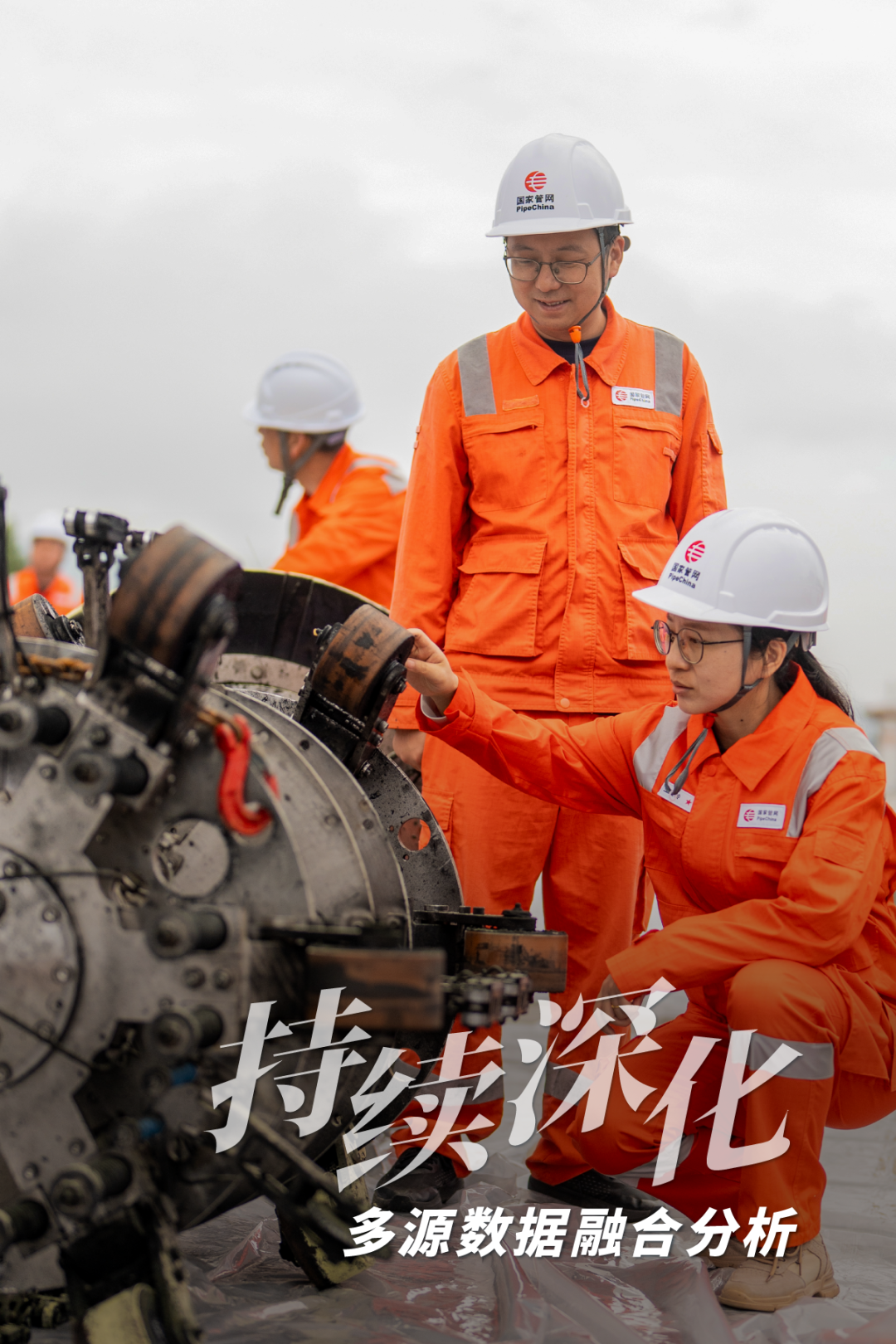
Recently, the national key research and development program “Intelligent Sensors” has reached another milestone in field demonstration applications — the composite internal detector equipped with core research results, the “Online Rapid Detection Sensor for Cracks and Pinholes” and the “Online Rapid Detection Sensor for Axial Stress,” successfully arrived at the gas pipeline collection station in Anshun, China-Myanmar. This marks a significant breakthrough in the engineering application of intelligent sensing technology in the safety field of oil and gas pipelines.

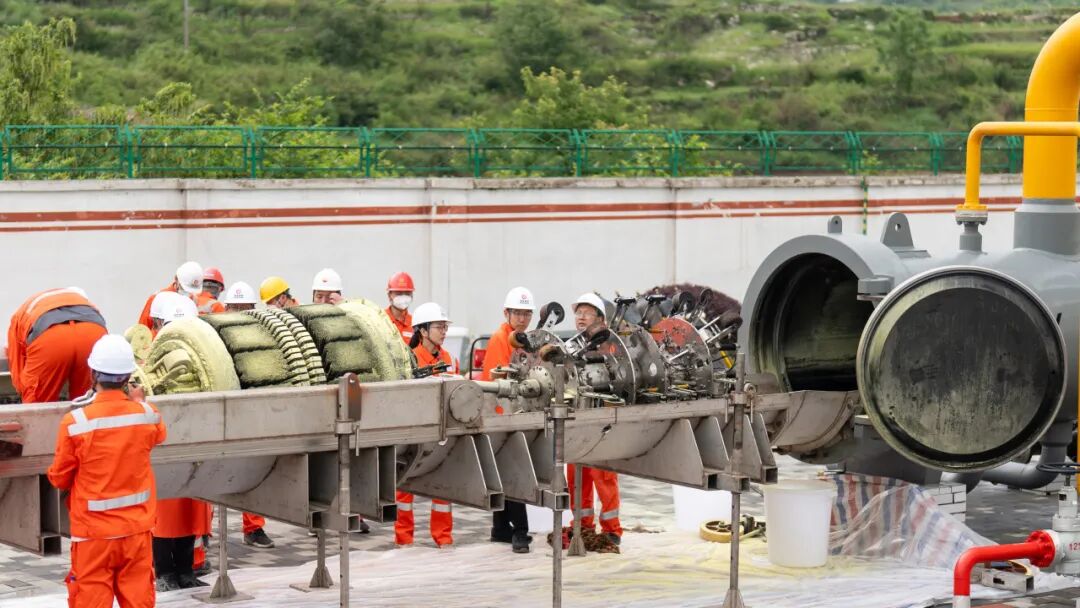
Efficient and precise detection of small defects such as cracks and pinholes in oil and gas pipelines, as well as axial stress, is a key aspect of ensuring the safe operation of pipelines. To address the challenges of insufficient spatial resolution, single measurement methods, and inaccuracies of existing sensors, the project team established a spatiotemporal collaborative detection model based on the complementary advantages of magnetic flux leakage and eddy current, achieving the detection of small defects. At the same time, breakthroughs were made in multi-parameter fusion stress sensing technology to meet the requirements for online rapid detection in areas of concentrated axial stress in pipelines. Guided by on-site needs, typical segments of the China-Myanmar and China-Russia pipelines, characterized by complex conditions such as frequent geological disasters, concentrated pipeline stress, third-party construction interference, and high risks of circumferential weld defects, were selected as the “testing ground,” establishing an innovative R&D model of “on-site research – pain point deconstruction – technology iteration – simulation verification.”

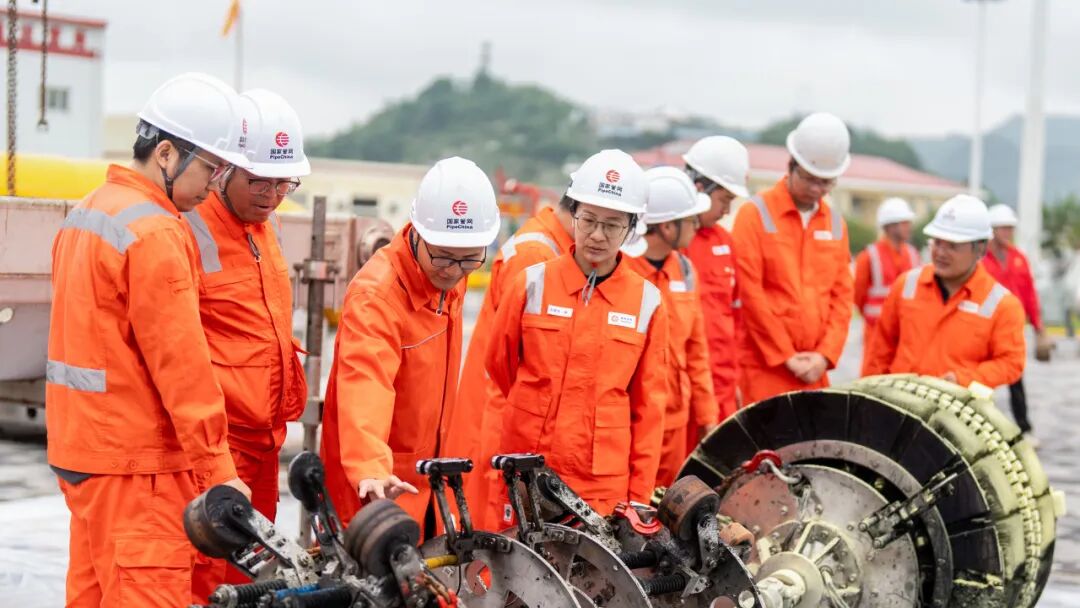
For the special application scenarios of oil and gas pipelines, tailored demonstration applications of different types of sensors in various scenarios were developed, with a “one scenario, one solution” approach. To ensure the safe and stable operation of the newly developed two types of pipeline safety detection sensors and their internal detectors in actual pipeline environments, the development and installation testing of the sensors must consider factors such as explosion-proof performance, protection level, corrosion resistance, pressure resistance, operating temperature, power supply duration, communication methods, sampling intervals, detection speed, and detection accuracy, meeting five major technical indicators: application safety, environmental adaptability, green power consumption, and installation conditions, to satisfy the engineering needs for high reliability, high precision, low power consumption, and low cost. For the complex geographical conditions of the China-Myanmar pipeline, such as “80° steep slopes” and “V-shaped” sections, simulation modeling of extreme conditions of gravity friction on steep slopes and the operational scenarios of “V-shaped” tapered bends was conducted to comprehensively verify the mechanical structural rigidity of the sensors and carriers, the reliability of the power system, and the consistency of detection accuracy.

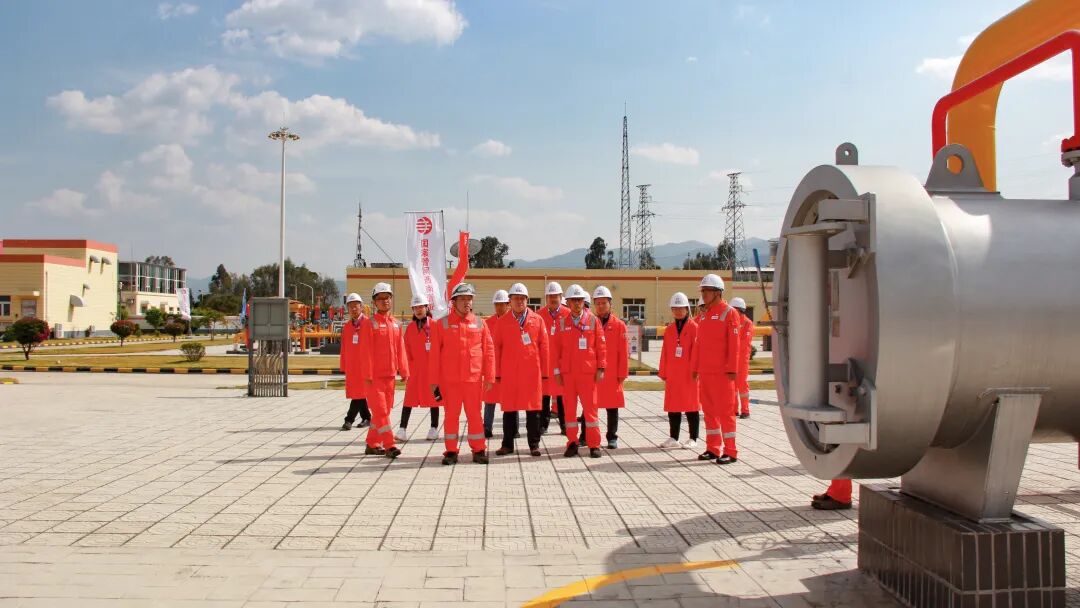
The company focuses on “clarifying responsibilities, standardizing implementation, and systematizing emergency responses” as its core principles, constructing an engineering management paradigm that covers the entire process of intelligent sensor demonstration applications. Through cross-departmental collaboration and refined control, it achieves dual guarantees of technology implementation and safe operation. The project team has formed a joint review group composed of industry experts and multiple departments, focusing on the scientific and feasible aspects of the implementation plan, ensuring high-quality standards. A matrix management system for responsibilities has been implemented, establishing a “multi-dimensional responsibility system” that includes R&D units, testing units, operational units, and safety supervision units, clearly defining “responsibility areas” and “collaboration chains” to ensure seamless connections at all stages. A five-step equipment management method has been implemented for the entire lifecycle of the equipment, ensuring stable and reliable sensor performance through “entry verification – standardized installation – dynamic maintenance – fault tracing – retirement assessment.” The construction of a multi-dimensional emergency system has been promoted, establishing a “1+N” emergency management framework, formulating one core emergency plan for installation and operation, and N special support measures to enhance the ability to respond to emergencies.


When sensors become the “nerve endings” of pipelines and data becomes the “decision-making center” for safety, the company adheres to the philosophy of “defining technology innovation through scene demands and verifying R&D value through engineering practice,” using technological strength to safeguard the efficient operation of the national energy arteries, continuously writing a new chapter in the construction of intelligent pipeline networks. The on-site demonstration applications of the sensor project are not only a victory of technology but also a victory of the innovative mechanism of “demand orientation, systematic thinking, and collaborative tackling,” providing a vivid example for enterprises to lead the breakthrough of key core technologies.
2025 is the concluding year for the sensor project. The Southwest Pipeline Company will promote the demonstration application of seven types of sensors in ten different scenarios with high quality and efficiency, continuously deepening the research on multi-source data fusion analysis and intelligent diagnostic technology, equipping the national energy arteries with an “intelligent security inspection system” to solve the safety detection challenges of high-risk pipeline sections with innovative intelligence.
Planning: Party Committee Organization and Propaganda Department
Text: Science and Technology Digital Center, Wang Ailing
END
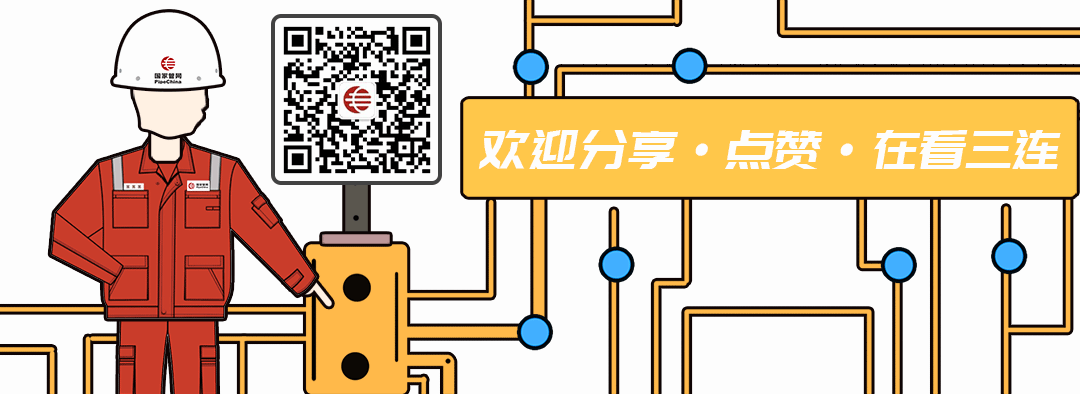
Produced by Southwest Pipeline New Media